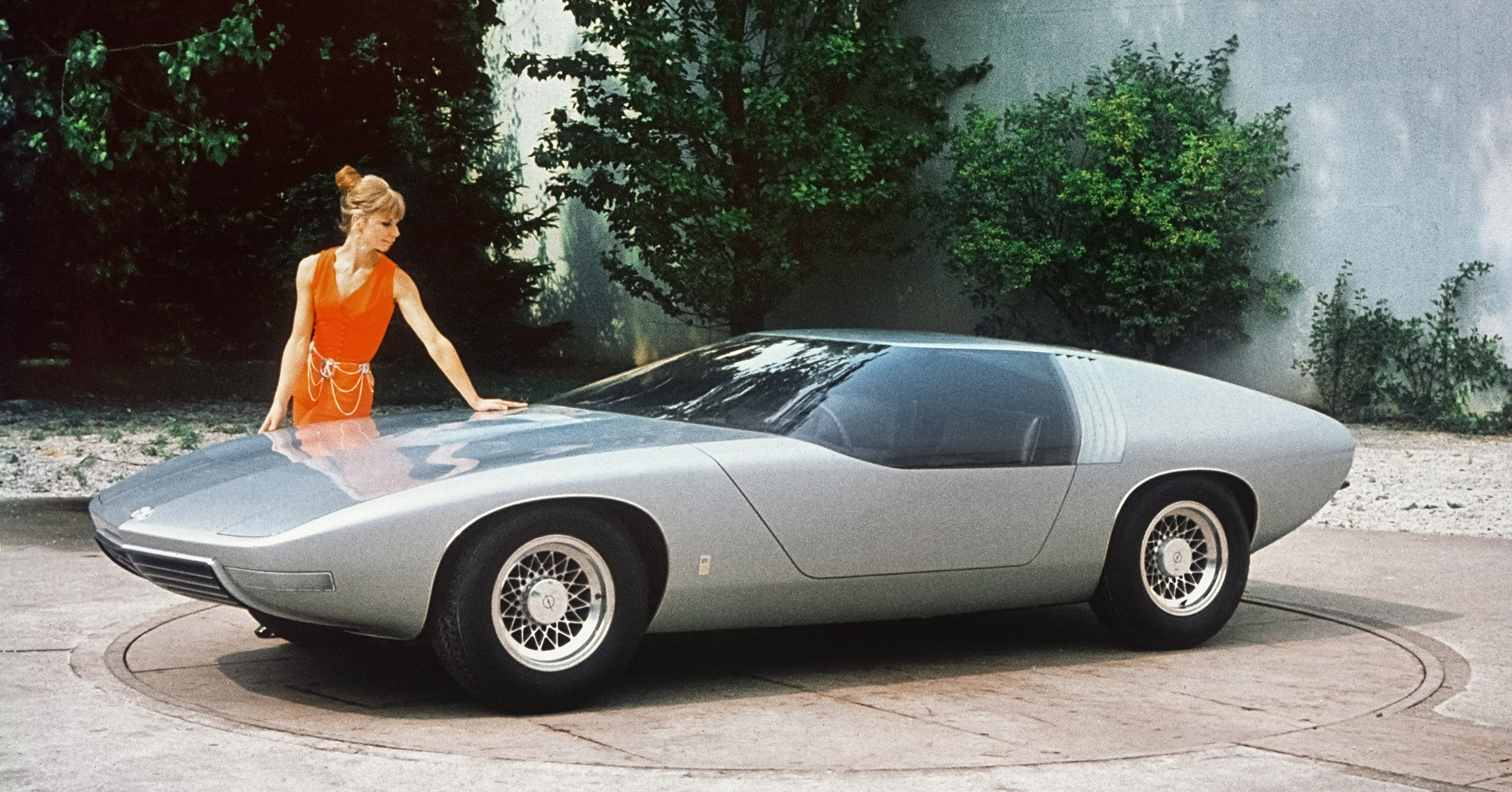CD stands for Coupe Diplomat and gives an indication of the technical basis, the Diplomat B with a 230 hp 5.4 litre V8 engine, which Opel brought onto the market in the spring. However, the metallic red sports car with pop-up headlights is only 1.11 metres high and, at 4.57 metres, exactly 30 centimetres shorter than the Diplomat.
At its premiere, Opel described the vehicle as a “vision of the car of the space-faring generation”. After all, the first lunar landing had only happened a few weeks ago. The Opel team confidently claims: „The Rüsselsheim ‚automobile couturiers‘ show their skills with the exterior design: the Opel CD combines power, elegance and spirit.“
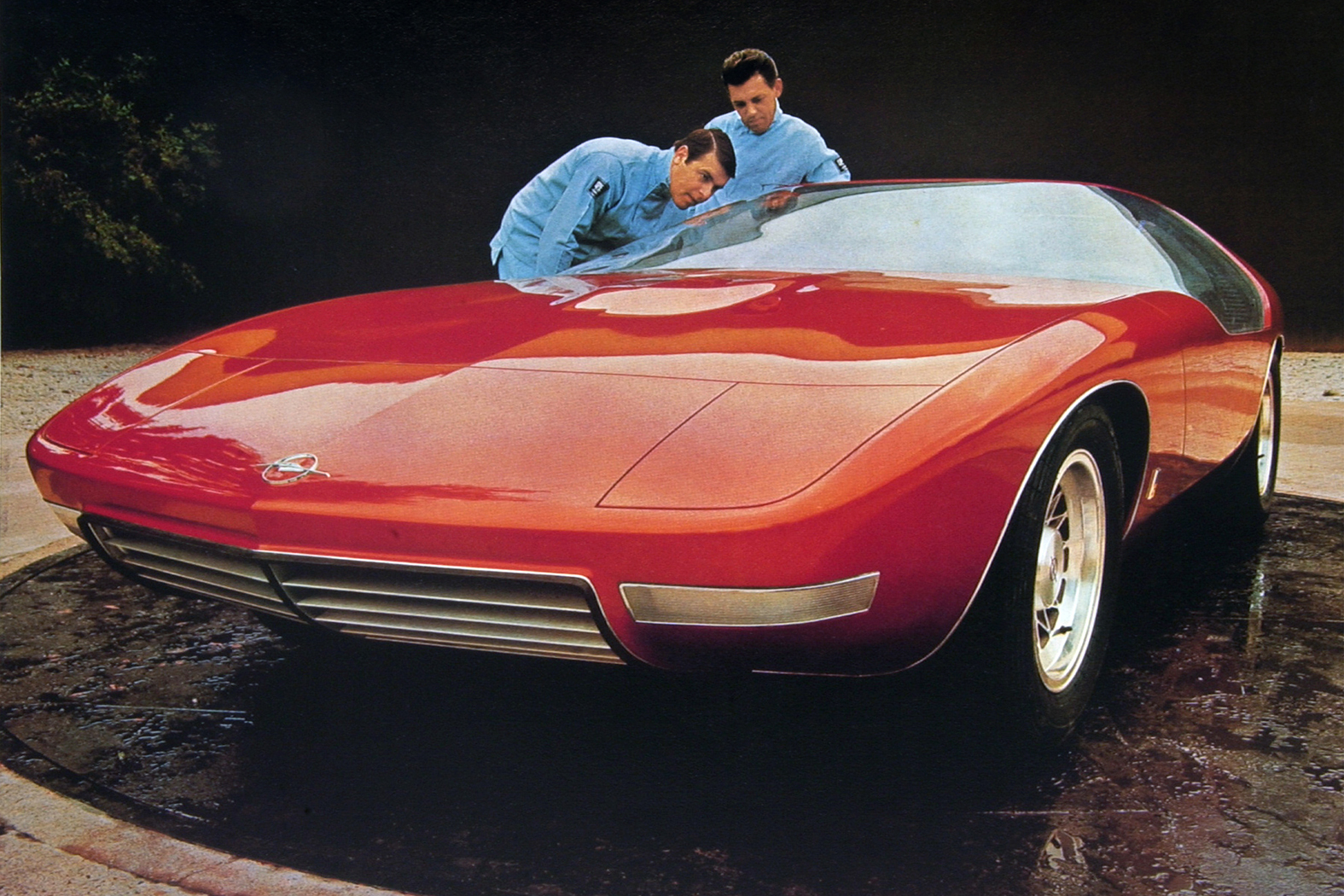
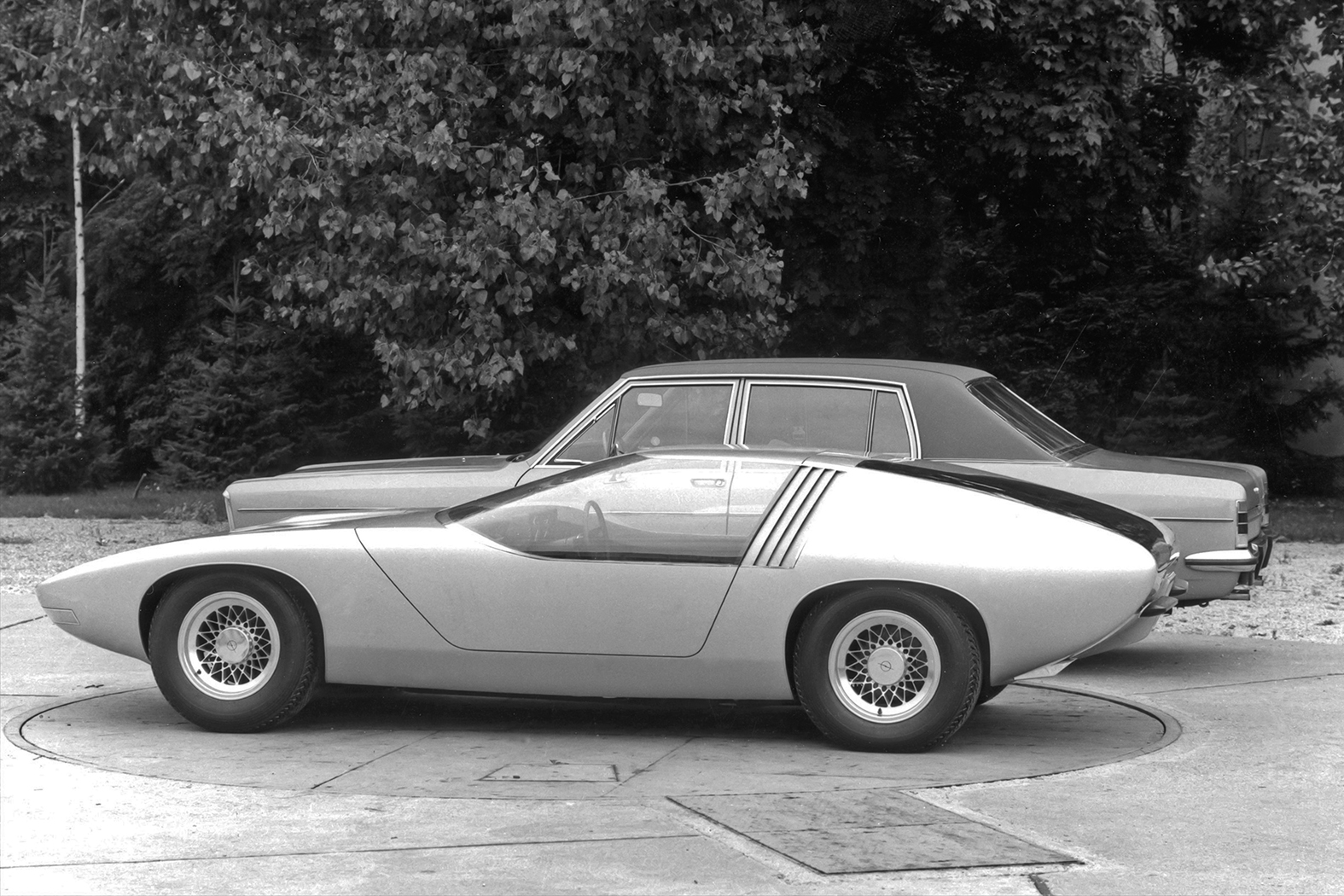
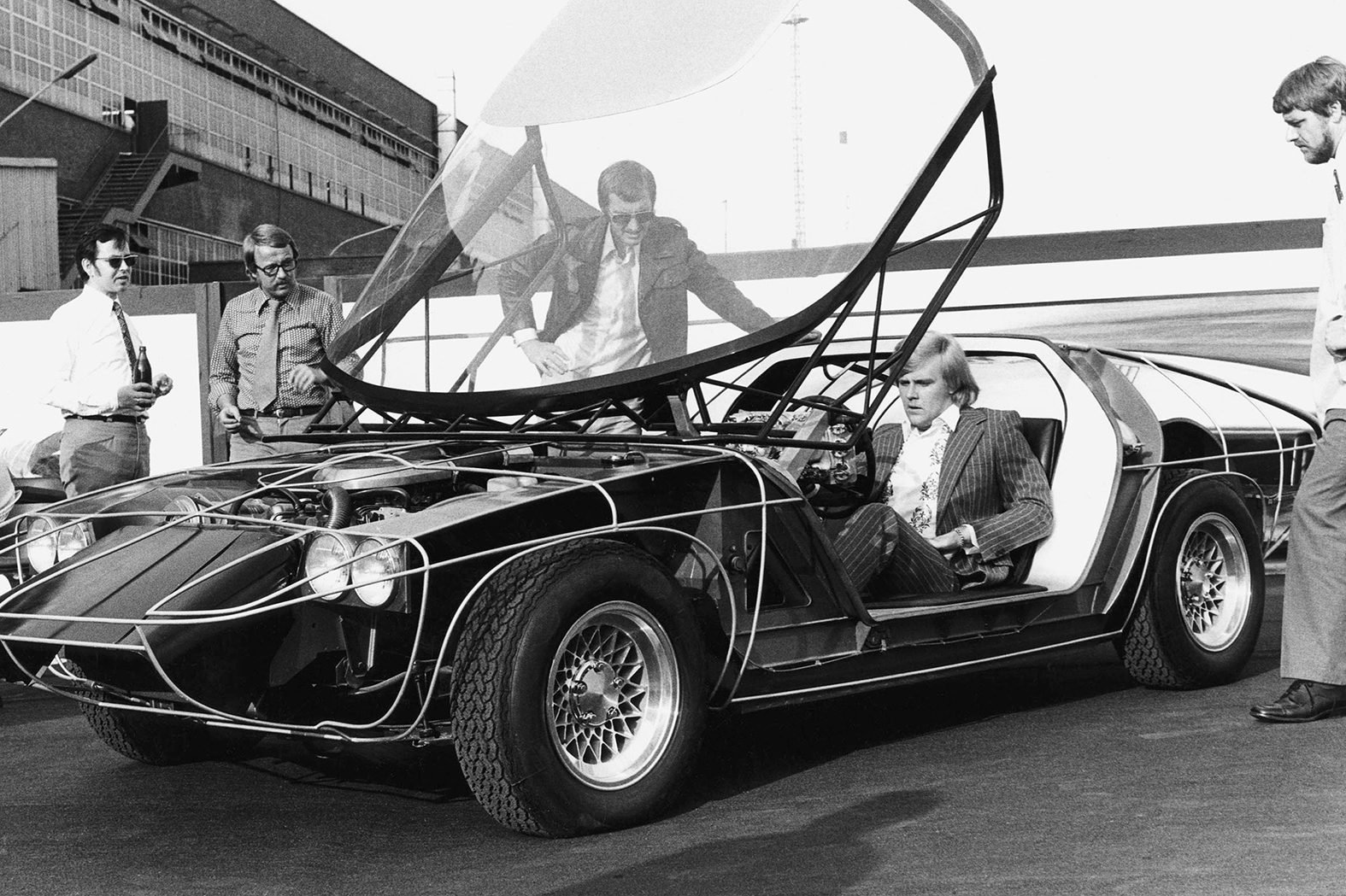
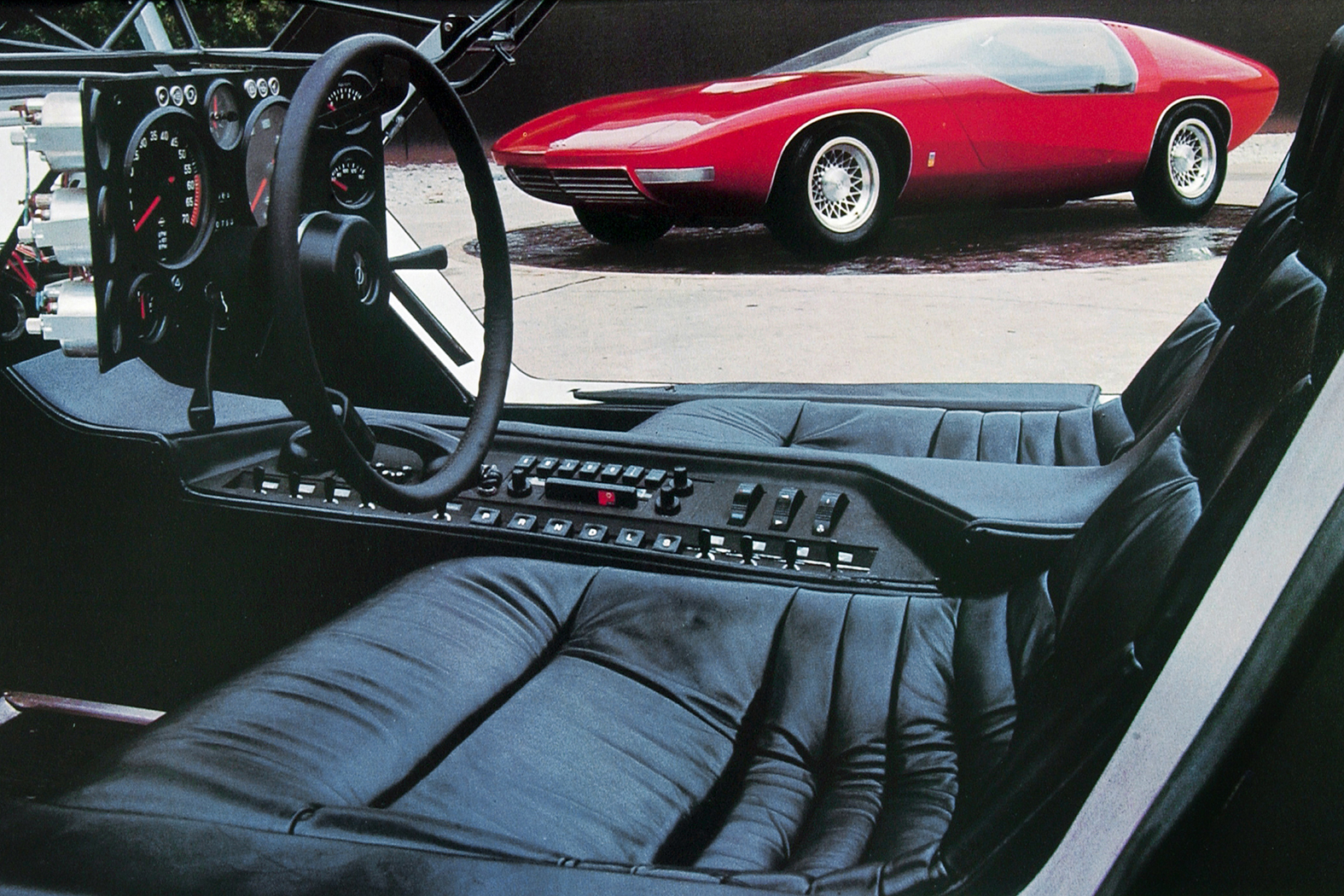
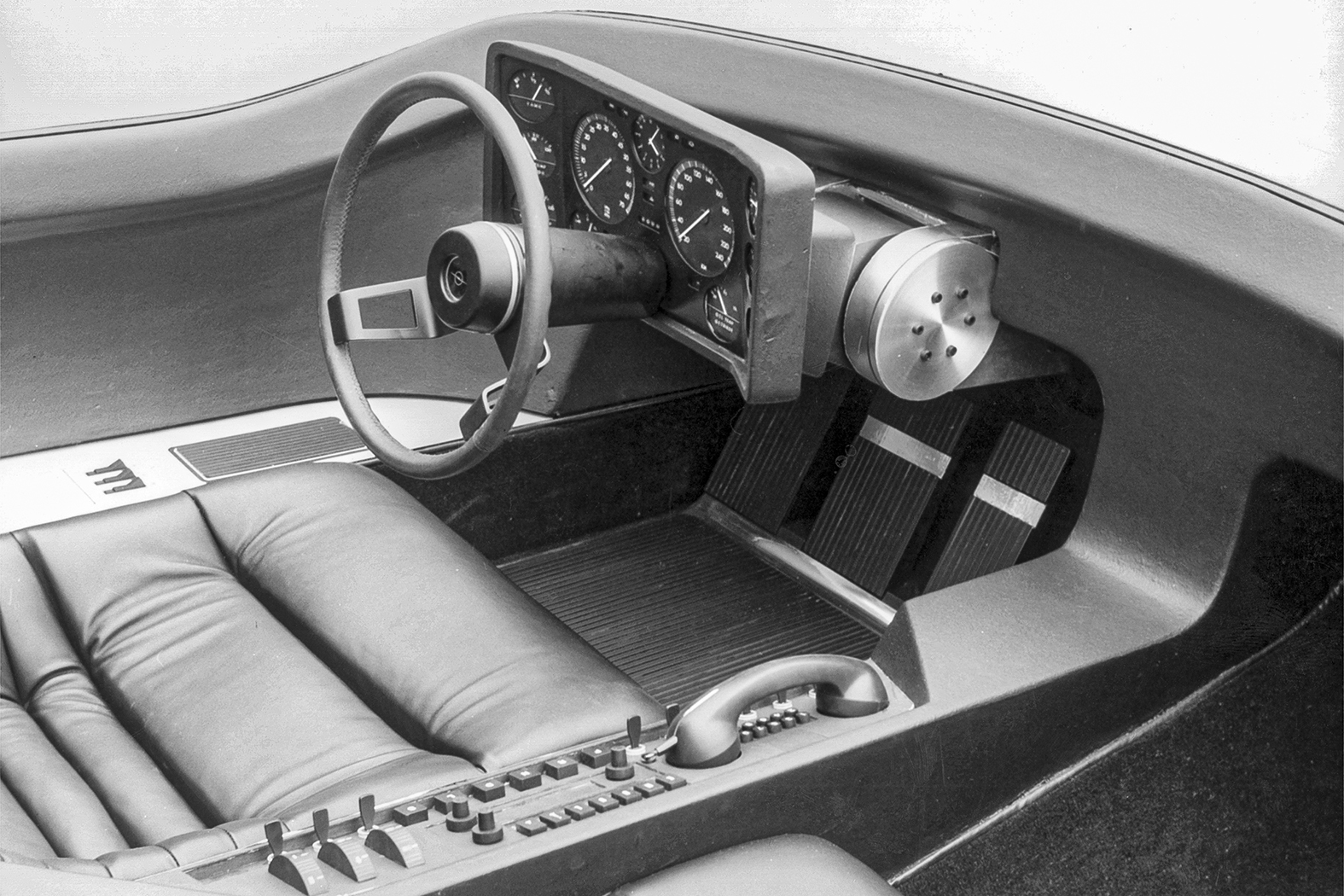
The futuristic vision of a two-seater luxury coupé shines with its extreme wedge shape and the all-round, curved, complete glazing of the front and side windows without A-pillars, which can be lifted up hydraulically like a fighter jet. In the original words from 1969: “A lady in an evening dress can get into the Opel CD casually and with grace.”
The body of the show car is one-piece and made of fiberglass. This also underlines the technological demands of German engineering. The seats are fixed and connected to the vehicle structure, the cockpit including pedals, steering wheel and instrument panel are movable and individually adjustable. Of course, details such as innovative automatic air conditioning and a car phone are also included. The engine, transmission and steering are not installed in the design model for cost reasons. Ultimately, the aim was only to give an outlook on the future Opel design. Instead, a technology model is built that makes all the details visible to the knowledgeable trade fair visitor.
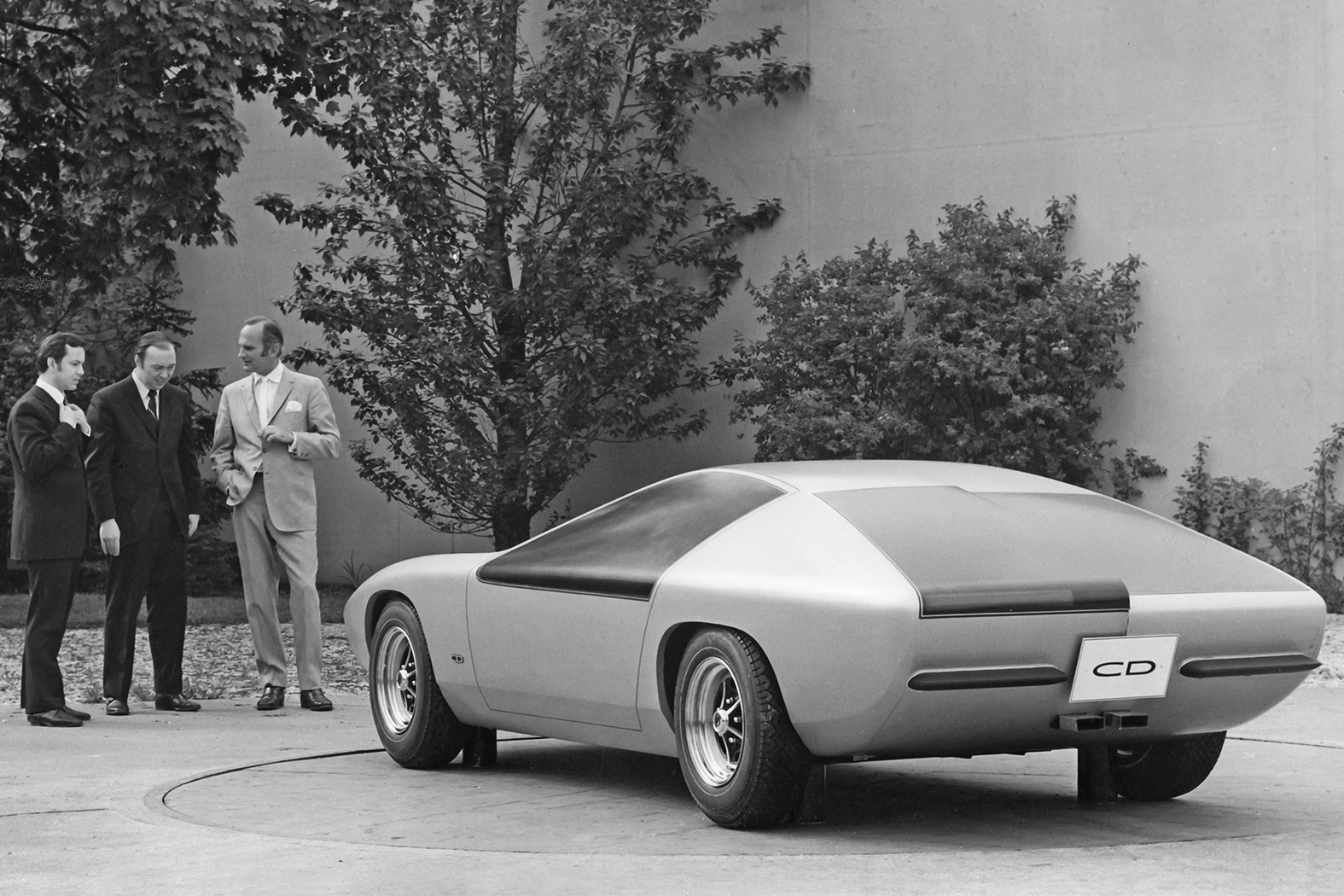
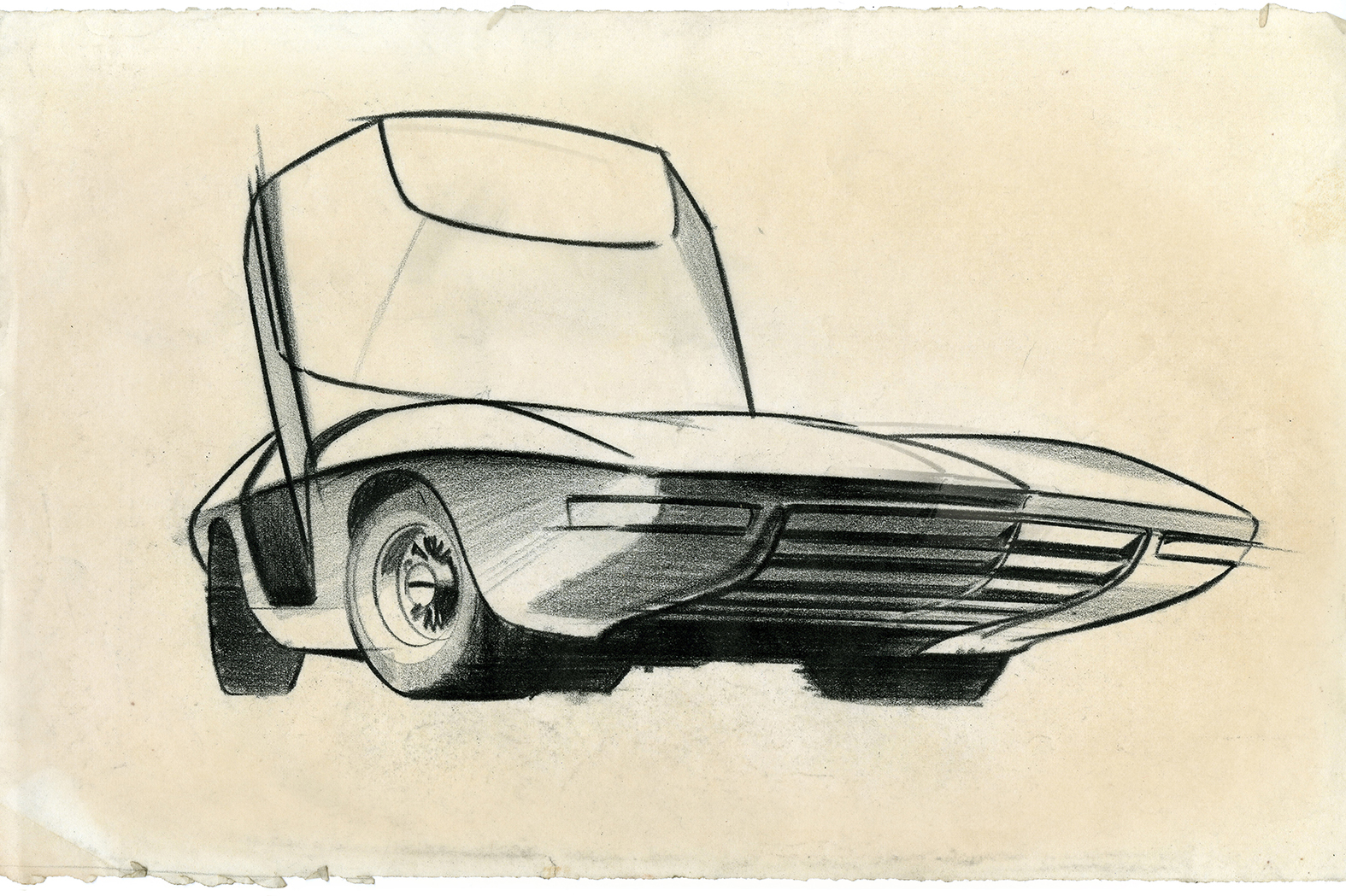
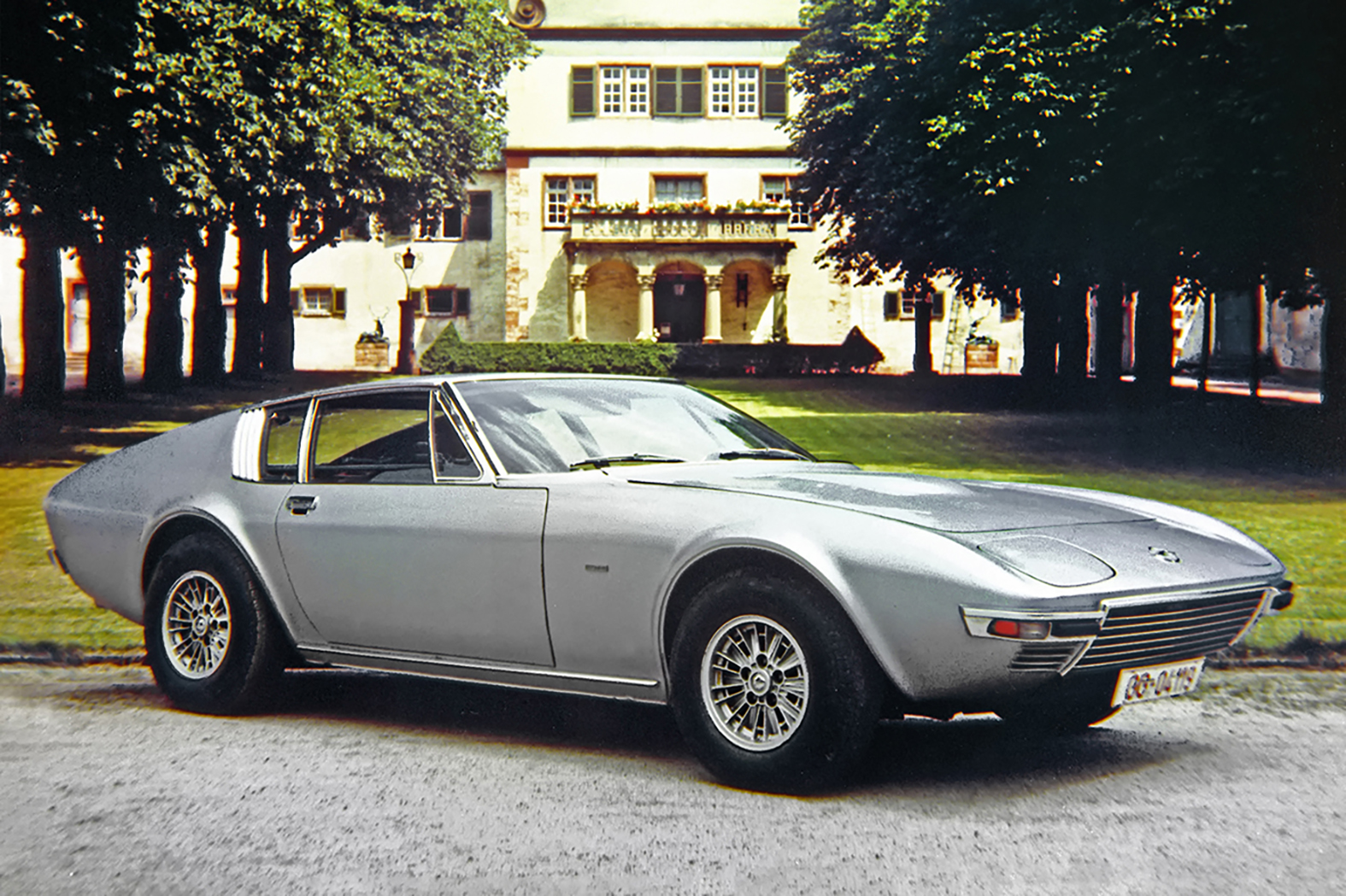
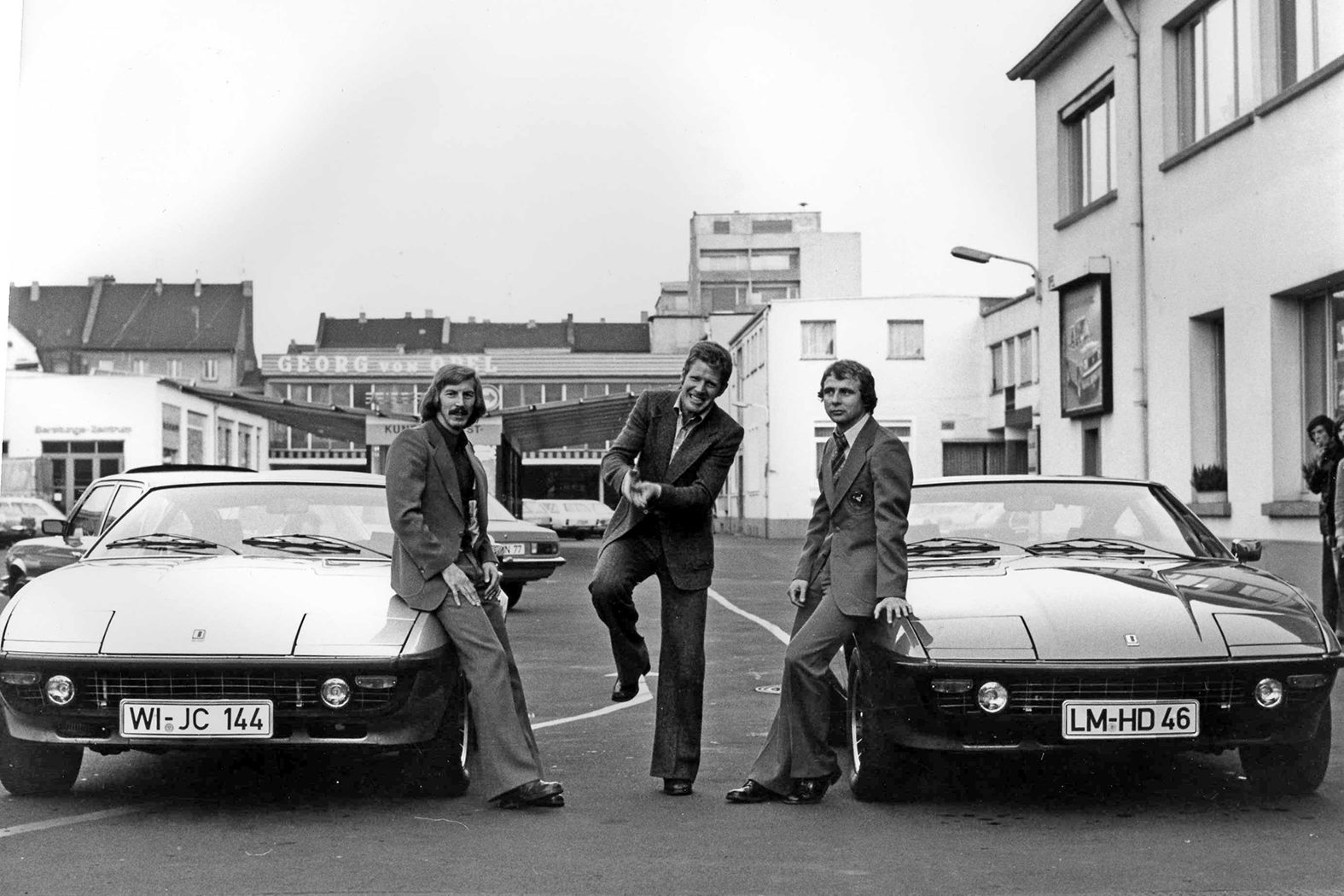
“At present, Opel has no intention of putting the Opel CD into production,” Opel officially announced in 1969. Opel sales director Bob Lutz, who took office in 1970, recognised the image-enhancing effect of a sports car in the style of the CD study and wanted to market it under the name “Strada”. However, this idea was not supported internally at Opel. The first external attempts with the Intermeccanica Indra, an Italian sports car with Opel technology, designed by Franco Scaglione and constructed by Erich Bitter, failed due to the quality.
Coachbuilder Frua then produces two roadworthy examples of a new coupé study for Opel. The implementation fails here due to the capacities for further development and production. Bob Lutz remembers Erich Bitter, racing driver, Abarth dealer and tuner, who, as an importer of the Indra, has long been thinking about creating his own car. After four years of contract negotiations, the blessing of GM and Opel finally followed: the sports car with the name Bitter CD was allowed to go into production in 1973. Exactly 396 pieces were produced and sold by 1979 – including to Rosi Mittermaier, Udo Lattek, Paul Breitner, Karl-Heinz Rummenigge and Heino.
October 2024
